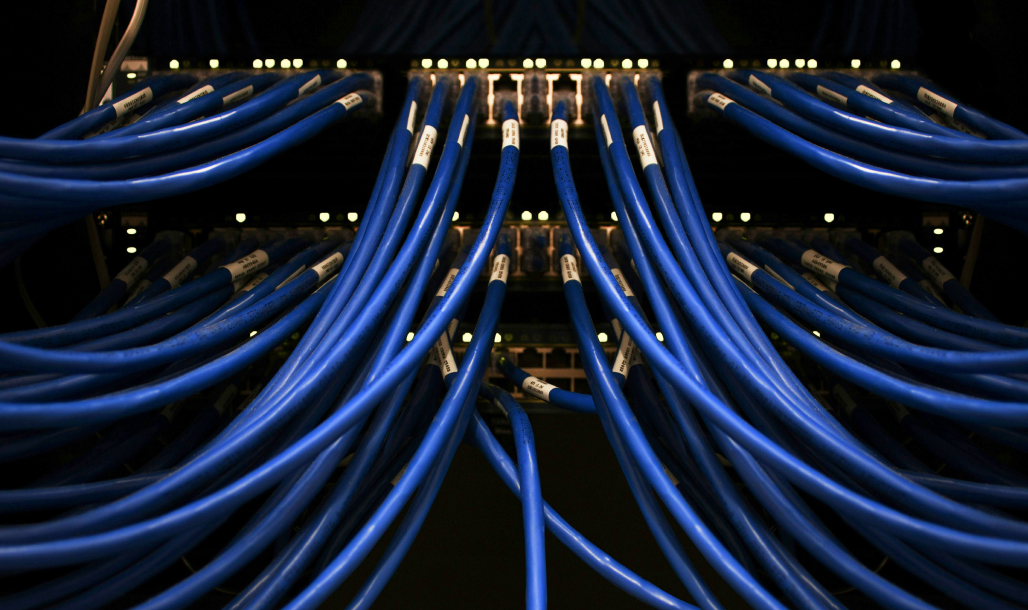In the modern world of constant connectivity, businesses rely on fast secure, reliable, and scalable networks more than ever. The excitement around Cloud apps or Wi-Fi speeds is often masked by the meticulously designed cable system that is used to support the entire network.

Image credit: gokaravan.com
No matter if you are a startup company or a major corporation, a structured cable is required.
What exactly is Structured Cable Exactly?
Structured cabling is the physical structure of your IT infrastructure. It’s a standard way of organizing cables and equipment so that everything phones, computers, security systems as well as servers, can be connected and communicate effectively. Structured cabling is sensible and clear. It’s adaptable to the changing technology.
A well-planned cabling infrastructure can support data, voice and multimedia across your entire operation. It is modular, meaning that you can easily add, change the system or relocate it. It’s also scalable, capable of growing according to your company’s needs.
What is the reason Structured Cabling Services Matter
The best solution for structured cabling can’t be one size that fits all. Every building and industry, each kind of business comes with a distinct set of requirements for performance. It’s essential to work with an established cabling service provider who is skilled in.
Professionals evaluate the infrastructure of your organization, its future requirements as well as the physical layout, in order to create an individual design. Most services involve backbone as well as horizontal cable installation as well as patch panels and distribution frames. Each cable is also checked for quality assurance.
Karavan Technology, for instance offers complete structured cabling services throughout the US and Canada designed for simple installations and more complex high-performance environments. Their offerings range from Cat5E through high-frequency Cat7 cables that can handle 1200MHz. This provides the speed and reliability you need at every level.
The Installation Process of Structured Cabling
One of the most common misconceptions is that installing structured cabling is disruptive. In truth, a skilled team can complete installations quickly and safely often, without impacting the daily activities.
What is the typical installation?
1. Engineers assess the space for cable routings and trace all ends.
2. Installation: Racks and cables are marked and installed neatly.
3. Testing and Certification Testing and Certification: All connections are tested to determine the quality of signal.
4. Documentation: A complete and detailed map of the cable system you have is available to aid in future troubleshooting and upgrades.
After the process, your property is equipped with a plug-and play system which will meet your digital needs for many years to come.
Future-Proofing Structured Cabling Systems
Your infrastructure needs to keep up with the fast-paced advancements in technology. A well-implemented structured cabling system offers future-proofing benefits that make it easier to upgrade or expand without starting from scratch. It is possible to incorporate new devices, workstations or servers without requiring an entire overhaul.
Additionally that, as the demands for data increase particularly in cloud computing as well as videoconferencing, a solid base can prevent bottlenecks and ensure consistent performance. There’s no need to worry about latency, loss of signal, or the cost of downtime due to outdated wiring.
Final Thoughts
Structured cabling may be away from sight, but it should never be forgotten. It is the basis of a functioning, future-proof network that supports every part of your business’s operation. You can enhance the performance of your business, and create the foundations for your future success by having a skilled installed structured cables.
If you are opening a brand-new office, upgrading your existing system, or contemplating a large-scale deployment, you will not regret choosing a structured cabling solution.